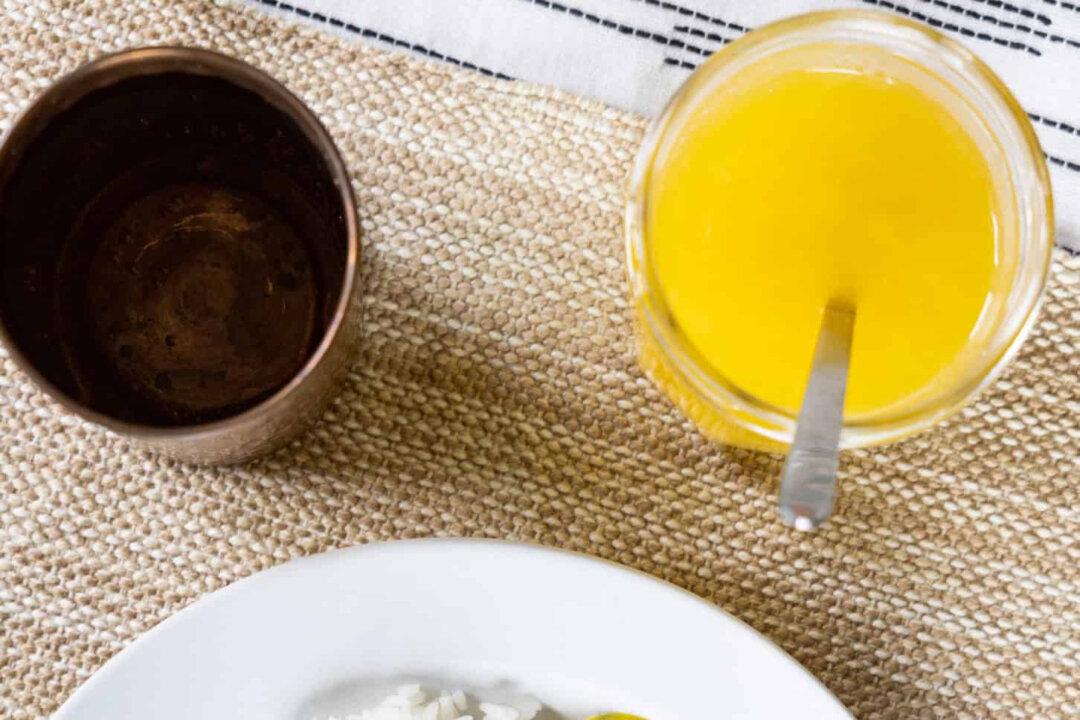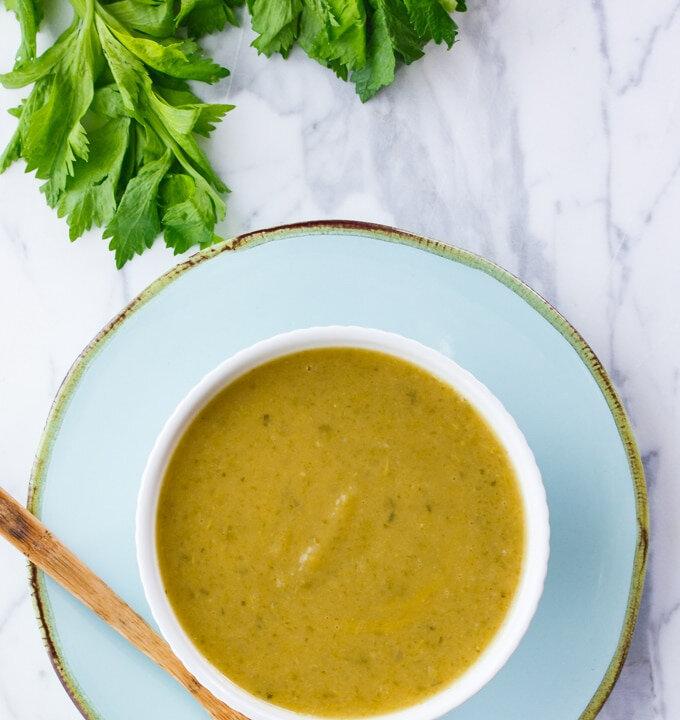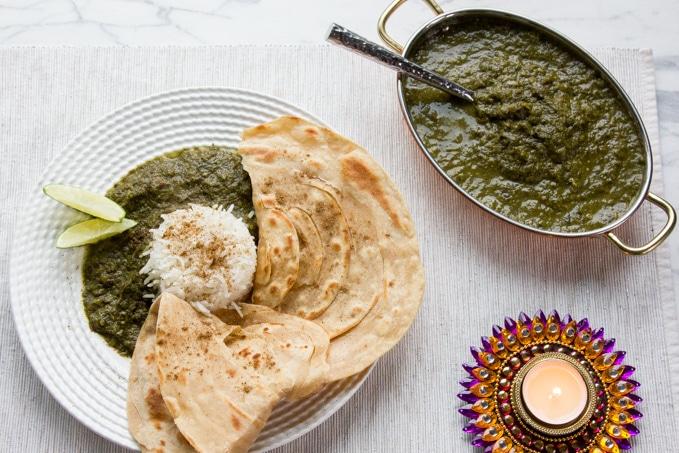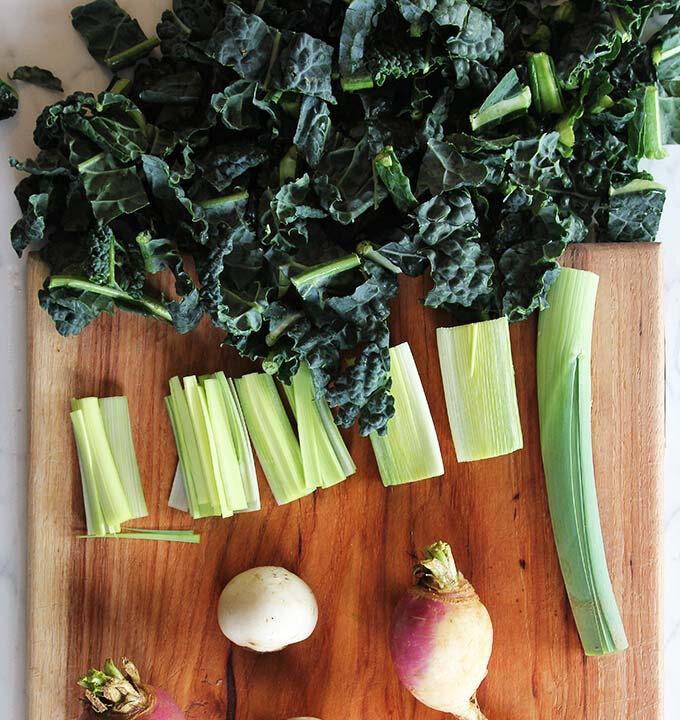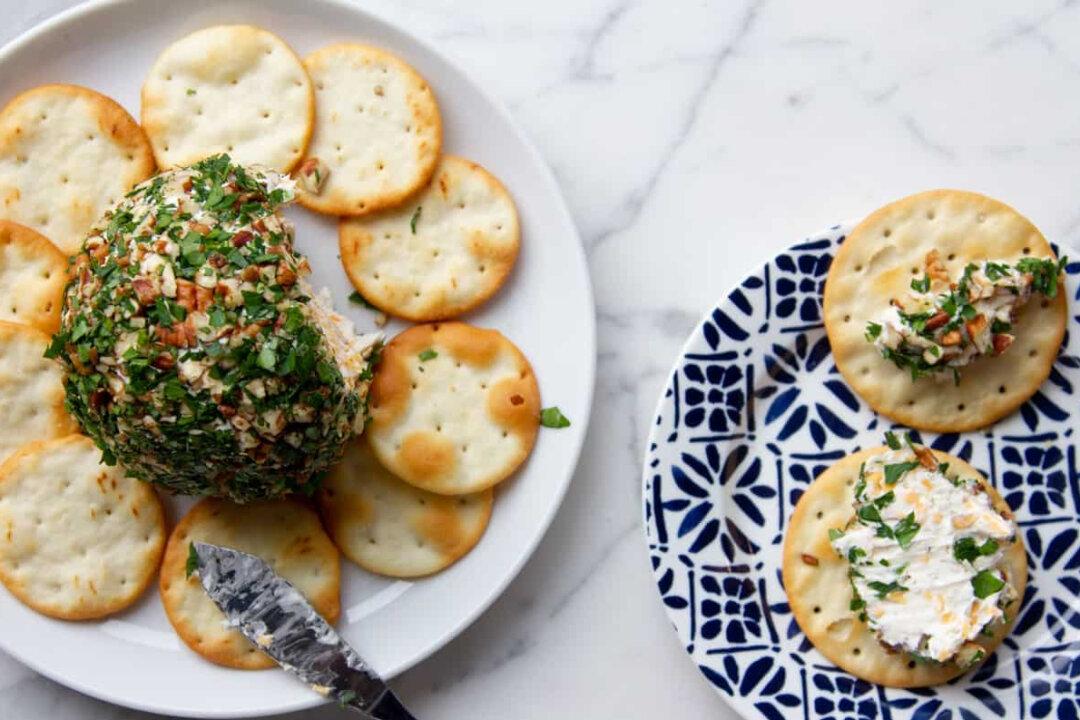This recipe for moong dal is the simplest recipe I could design for you, while still keeping it authentic with fresh ginger, turmeric, red chili, lemon, and cilantro.
Moong dal is sometimes referred to as yellow dal, split yellow dal, dal tadka, dal fry, or mung dal.

